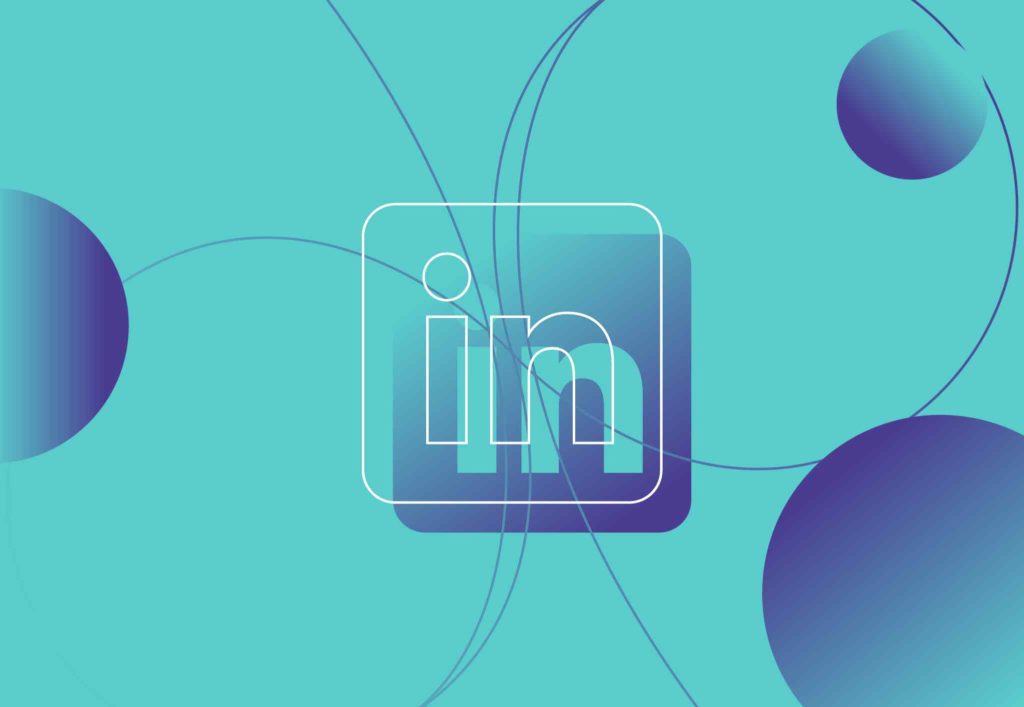
What Were LinkedIn Stories and Why Did They Fail?

In today’s digital age, social media has become an integral part of our lives, transforming the way we connect, share, and engage with others. Among the various platforms that have revolutionised our online interactions, LinkedIn stands out as a space for professionals and businesses to network, showcase their expertise, and build meaningful connections. If you’d like to learn more about creating a LinkedIn strategy, contact our award-winning social team today.
This is why when they introduced LinkedIn Stories, the platform took another leap forward in enhancing the way professionals tell their stories and engage with their audience.
What Are LinkedIn Stories?
Or should that be, ‘What Were LinkedIn Stories?’ LinkedIn stories are similar to that stories on other social platforms; short video pieces are discoverable and available to view on the platform for 24 hours.
The professional networking platform launched the feature after seeing the success of the feature on other platforms. It might have also been thought that LinkedIn stories would provide a more personal and real-time approach to networking and professional branding, allowing users to share authentic moments from their work lives, offer insights into their industry, and provide valuable glimpses into their daily activities.
Furthermore, LinkedIn Stories could be leveraged by businesses to enhance their brand presence and engage with their audience in a more interactive and authentic manner to strengthen their brand loyalty.
Why Did It Fail?
With stories being so popular on other platforms like Instagram, it’s not surprising that LinkedIn thought the feature could be useful to their users. However, one thing they didn’t take into consideration, was the visual nature of the platforms where stories are a success. For example, story content is essentially short-form video and is therefore highly visually engaging which is exactly the type of content users of Instagram, TikTok, and Snapchat are looking for. However, LinkedIn is a professional platform, users are there to make lasting connections, learn and showcase their skills and expertise in a lasting way, which doesn’t match up to content which expires after 24 hours.
So Where Should You Use The Story Feature?
Social media stories initially launched on Snapchat and since they became so popular the following platforms have introduced the feature (much more successfully than LinkedIn):
These brief posts offer a sense of real-time connection, encouraging users to document their day-to-day activities in a more casual and spontaneous manner. Especially for businesses, social media stories provide an opportunity to engage with their audience on a more personal level, building brand loyalty and creating a sense of exclusivity.
With story content only being available to view for 24 hours (unless it’s saved as a highlight), you might be thinking, well what content do I not want to stick around? However over 500 million Instagram stories being shared daily, it’s definitely a feature you want to add to your social media strategy. So here are a few suggestions of things you can share:
Competition Content
If you’re launching a short competition on your social channels, you can share this on your story to attract more participants. If you use Instagram, you’ll have probably seen companies asking users to share posts to their own stories in order to enter a competition, again this helps increase brand awareness and reach.
Sharing Recent Posts
As well as sharing new content on your stories, on platforms like Instagram and Facebook you can share your recent page posts to your stories. You might think why to repeat this content, but by doing so you can actually push your content to your audience without having to worry as much about the platform’s algorithms getting in the way.
Behind The Scenes
Teaser content is perfect for stories. So if you’re an e-commerce brand on your next collection shoot, sharing behind-the-scenes footage on your stories is a great way to provide snippets to your online audience and generate interest and anticipation for the launch.
Deals
With story content not sticking around, it’s the perfect place to share any special deals or offers you have currently running.
Gaining Feedback
One great feature of stories is that of being able to ask questions and on Instagram use stickers to engage with your audience and gain feedback.
Linking External Content
On a lot of visual platforms, it can be challenging to provide enough information in just one post. On most social platform stories you are able to include a link sticker to an external website which can help direct your audience to do such things as find out more, make donations, and sign up to mailing lists.
Conclusion: A Brief, But Important Story From LinkedIn
In conclusion, LinkedIn and social media stories have become powerful tools in for businesses and personal branding. As technology continues to shape the way we communicate and connect with others, these platforms have emerged as valuable resources for individuals and businesses alike.
Unfortunately, LinkedIn Stories wasn’t the right feature for them but on other platforms like Snapchat, Facebook and Instagram they have revolutionised the way social media users share moments and engage with their users. By embracing the feature, businesses can humanise their profiles, making them more relatable and fostering deeper connections with their audience.
It’s important to remember that whilst these social media stories can be really powerful, to maximise the results they should be used strategically. It’s especially important to get the balance of sharing enough without sharing too much in order to not disengage your audience. If you’re unsure about how to get this balance or your social media strategy, then get in touch with our award-winning team to see how we can help.




